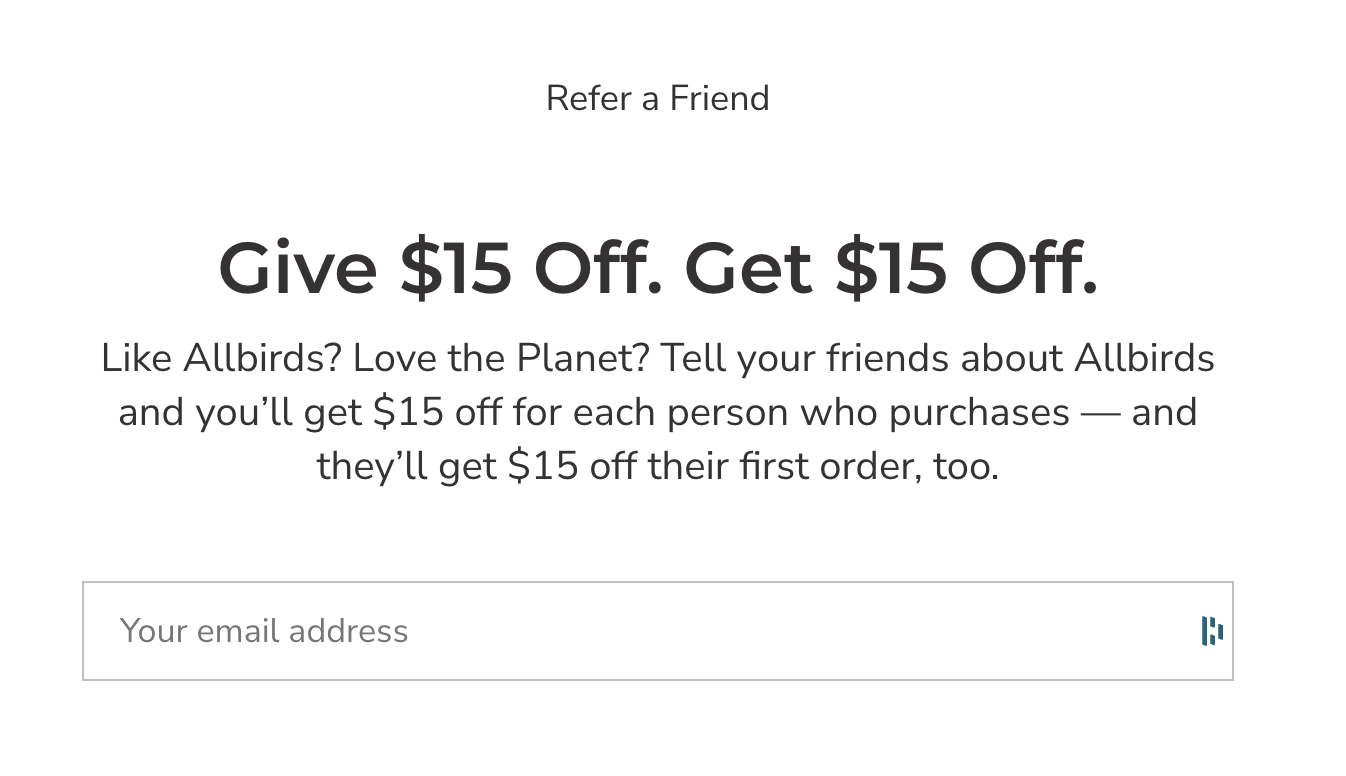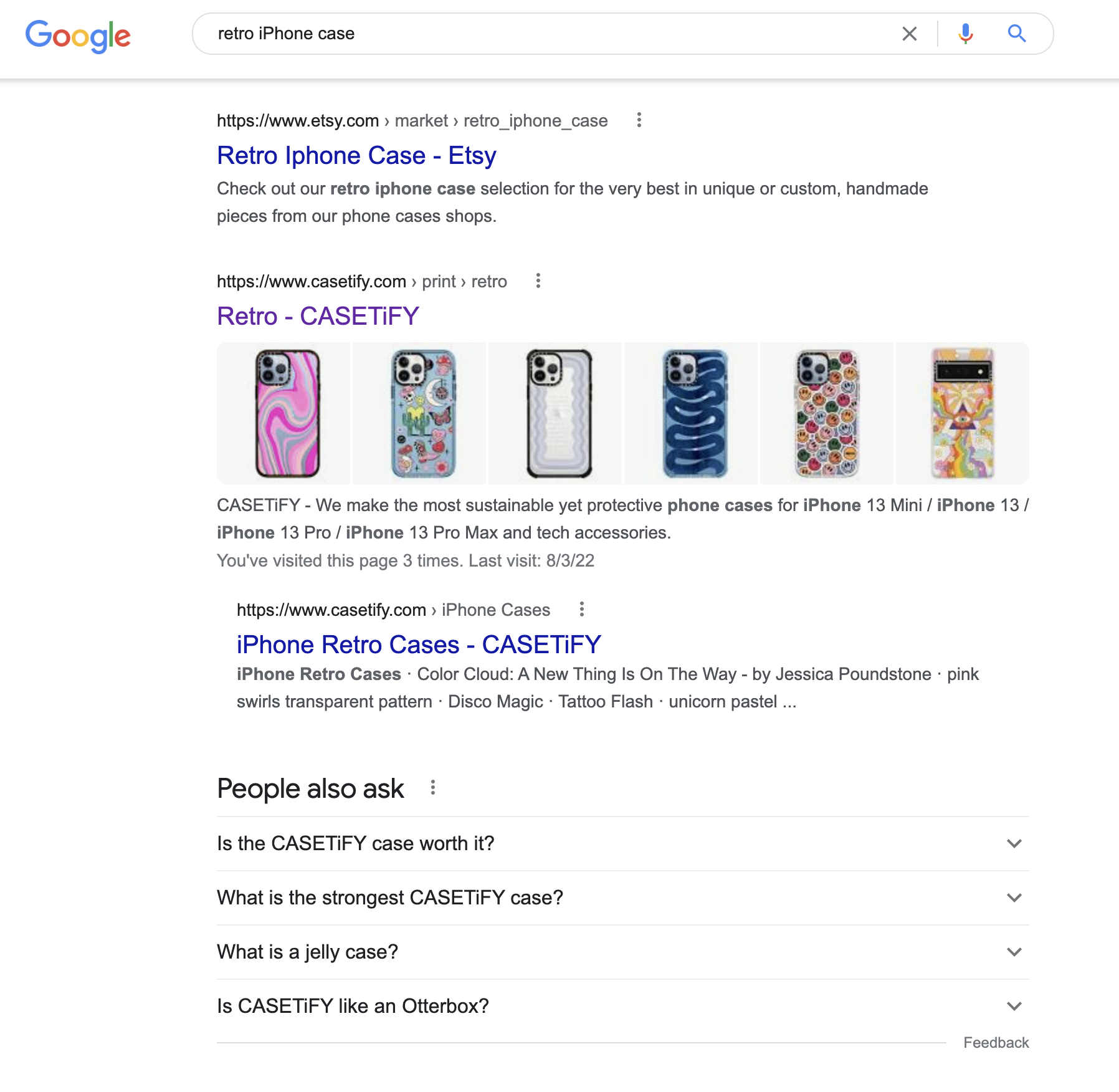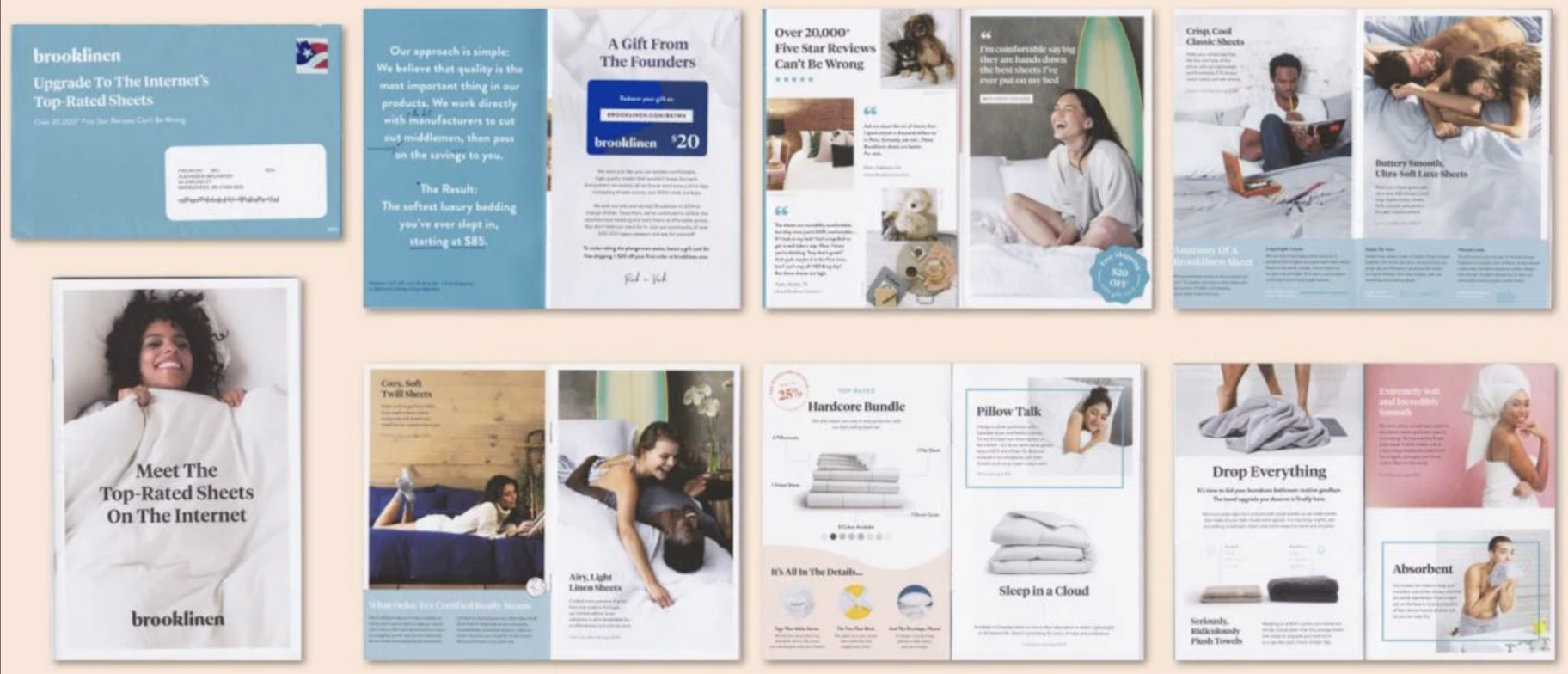In recent years, customers have come to expect versatile communication from ecommerce brands. It’s not hard to see why—customers use a variety of marketing channels in their daily routine, meaning they want brands to distribute information across different platforms.
But not all marketing channels are created equal. Some require you to spend money to present information to potential customers, while others let you distribute content organically.
In this post, we’ll break down the definition of a marketing channel, share examples of different channels, and give you a framework for selecting the right ones for your business.



What is a marketing channel?
A marketing channel is the medium you use to communicate with your target audience. There are two main types of channels:
- Paid channels are mediums where you spend money to distribute information to potential customers.
- Organic channels are mediums where you create and share content without paying to distribute it to people, like social media or email.
The mix of marketing channels you choose will define the overall marketing strategy of your business.
The best marketing channels
1. Email marketing
Using email to promote your business’s products or services is called email marketing. You can run a full-fledged email campaign or send a one-off email to alert people about a promotion or sale. Emails can also be sent during key moments of the customer journey, such as when customers first join your email list or complete checkout on your website.
Before you email prospective customers, you’ll need to gather their contacts. Many brands offer a one-time discount when building their email list. For instance, hair extensions brand Luxy Hair offers a first order discount and insider hair tips for new subscribers to its email list.

If you’re thinking about leveraging email to engage with customers, we recommend prioritizing people who are still undecided whether to buy from your business. Hitting people who are at the consideration phase with personalized touches and additional messaging can drive a huge amount of incremental revenue.
2. Social media marketing
Social media marketing can be a great way to find, engage, and build relationships with niche audiences. Depending on what you sell, you might be able to strike a chord with communities on Facebook, Instagram, or TikTok. These are the people who will hear your story and buy from your business.
Unlike paid or display advertising, posting content on your own social media channels comes under organic marketing, because you’re not paying for leads. Establishing a presence on social media can help you build a following, collaborate with influencers to grow your reach, and sell products directly within the platform.
3. Affiliate marketing
Affiliate marketing involves working with professionals who advertise your products on your behalf. Your affiliates use a special link or promotional code to send customers to your store through blog posts, reviews, and social media content. For instance, a fashion blogger could list a range of items from your clothing store as part of a “top picks” post for the season.
Whenever someone uses an affiliate link to purchase an item, the affiliate gets a portion of sales in the form of a commission. This type of marketing works well because it leverages an affiliate’s credibility to promote your business to the audience. People are more likely to purchase items recommended by those they trust.
The key to success is finding the right affiliates with an existing connection to your target audience. To make the most of this marketing channel, check out What Is Affiliate Marketing: A Guide for Beginners.
4. Referral marketing
Customers trust a recommendation from a family member or friend way more than a blog post or paid ad. That’s why referral marketing is so effective: it encourages people to share your brand’s name, products, or website with those they know well.
Referral marketing is similar to affiliate marketing in that it uses specific links to tie a referral to an existing account holder or customer. However, rather than paying referring customers a commission, you might reward them with discounts on their next purchase, free shipping, or access to exclusive benefits.
Some referral marketing campaigns reward both the person making the referral and the new customer. For instance, Allbirds gives you $15 off for each person who purchases through your referral—and the new customer also gets $15 off their first order.

5. Paid search engine marketing
Search engine marketing, otherwise known as SEM, involves both paid and organic strategies to boost your visibility on search engines like Google and Bing. With paid search engine marketing, you pay a fee to have your ads show above the other search results when customers search for a specific term.
By focusing on the intent of your target audience with your SEM strategies, you can improve your chances of connecting with customers already interested in buying your product or service. For instance, an accounting company might target people searching for “accountants near me.”
Paid search engine marketing also gets you to the top of the search results faster than organic ads. However, many companies use paid search engine marketing and organic content creation in tandem.
6. SMS marketing
SMS marketing involves sending direct text messages to new or repeat customers. The goal of this marketing strategy, like email marketing, is usually to educate, sell, or build loyalty.
Brands often need to give a sign-up incentive because of how personal a channel SMS is. But its direct and immediate nature is what makes it so effective. According to Gartner, SMS open rates can be as high as 98%, whereas SMS click-through rates can reach 45%—these figures should prompt any brand to add SMS to their marketing strategy.
The key to SMS marketing is to reach out to your audience sparingly, and only when you have something interesting to offer. For instance, Olipop, a healthy alternative to soda, leverages SMS marketing to inform consumers about its new flavors. It has enjoyed great success, with one campaign earning the brand around $30,000 in 15 minutes.
7. Search engine optimization
Search engine optimization, or SEO, is an effective channel for getting your brand in front of a wide audience. It involves getting a webpage, like a product page, to satisfy the intent of search engine users. For example, a person actively searching for something like “retro iPhone case for sale” probably intends to make a purchase, so your webpage should be optimized to fulfill their need, i.e., it should enable them to buy the product.
Satisfying the search intent is key to showing up higher in search results. When search engines like Google see an ecommerce brand meeting users’ expectations, they reward it by ranking its website higher on their search platform.
Electronics accessories brand CASETiFY has found success with ecommerce SEO. Its retro case collection page ranks on the first page of search results for that same query.

8. Event marketing
Whether it’s a trade show, craft fair, or local farmers market, showcasing your products to customers in person can help your brand mature. Although showing up at events can be helpful at any stage of your business, you may find it particularly useful to validate an idea in the initial days.
Get real-time feedback, better understand what marketing messaging works, and forge relationships with your target audience.
9. Partnership marketing
Partnership marketing refers to working with another business in order to engage that business’s audience. For online retailers, this could include product collaborations, where you curate a product with another business and both sell it in their shops. The partner might be a retailer or brand whose audience is similar to yours.
For example, popular mattress company Casper partnered with high-end furniture brand West Elm so shoppers could try out its comfy mattress on the latter’s chic bedroom furniture before purchasing. Such collaborations are mutually beneficial and increase exposure to a broader customer base.
10. Direct-mail marketing
Sending customers a physical item through snail mail is called direct-mail marketing. This marketing channel can be pursued in different styles. For instance, you might run a direct-mail campaign featuring a postcard with a coupon code, whereas another brand might announce a sale or a new product variant. Note that many businesses opt to send full catalogs.
For instance, DTC bedding brand Brooklinen sends sturdy brochures that outline its product features and benefits.

Prioritize the best marketing channels for your business
Before you move forward with any marketing channels, evaluate your business model, the resources you have, and what you’re good at. Doing this will help you identify the best channels to start with.
Additionally, you can perform market research to determine what your channel mix should be. Understanding your target audience, where they spend time online, and what motivates them will help you pick the right platforms for customer-focused marketing.
Marketing channels FAQ
What is a marketing channel?
A marketing channel is the medium you use to communicate with your target audience.
What are some examples of marketing channels?
- Email marketing
- Social media marketing
- Affiliate marketing
- Referral marketing
- Paid search (SEM)
- SMS marketing
- SEO
- Event marketing
- Partnership marketing
- Direct-mail marketing






